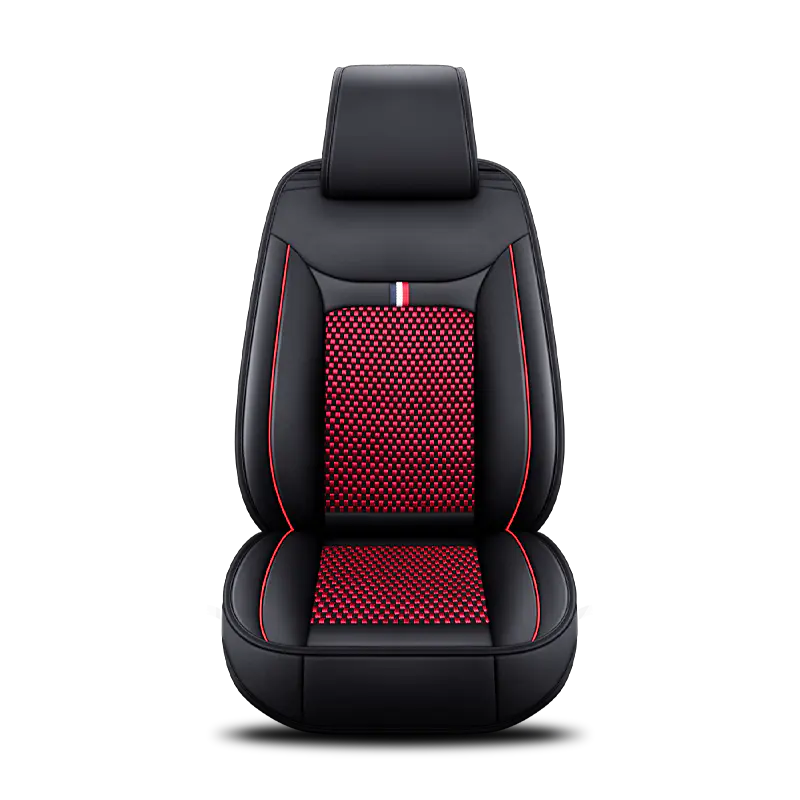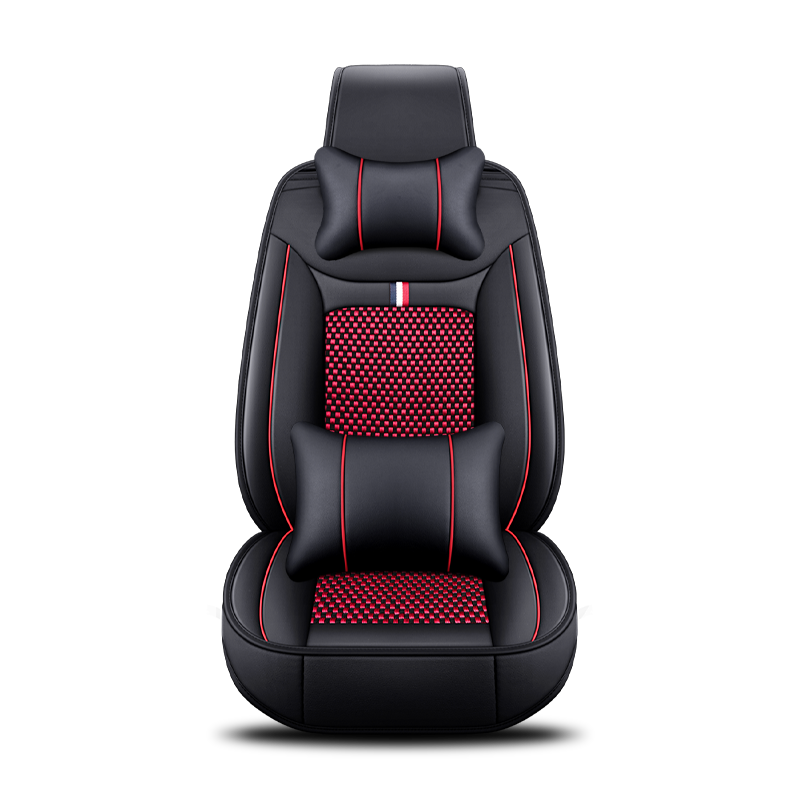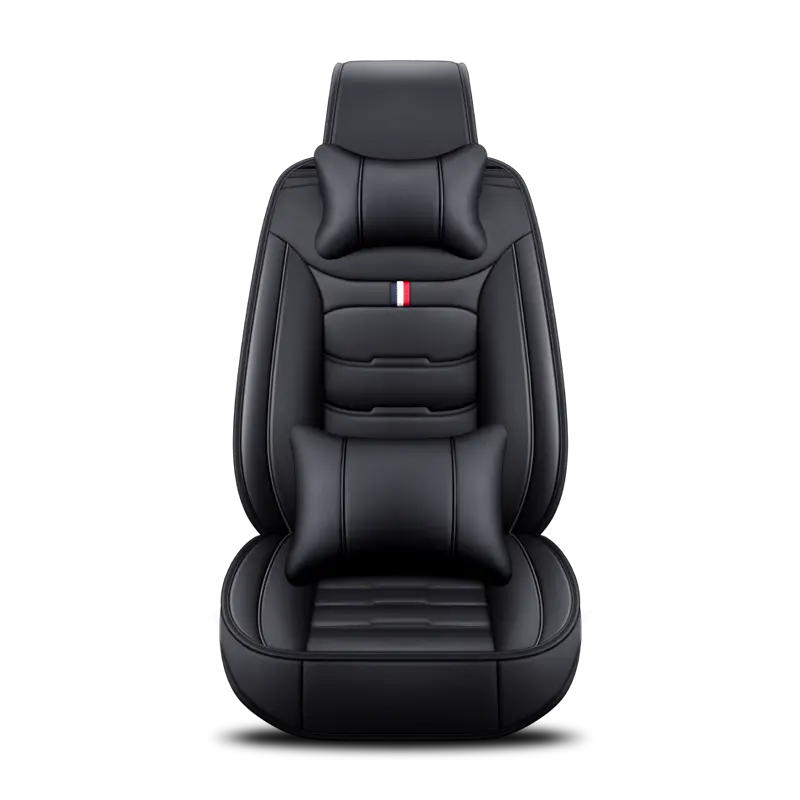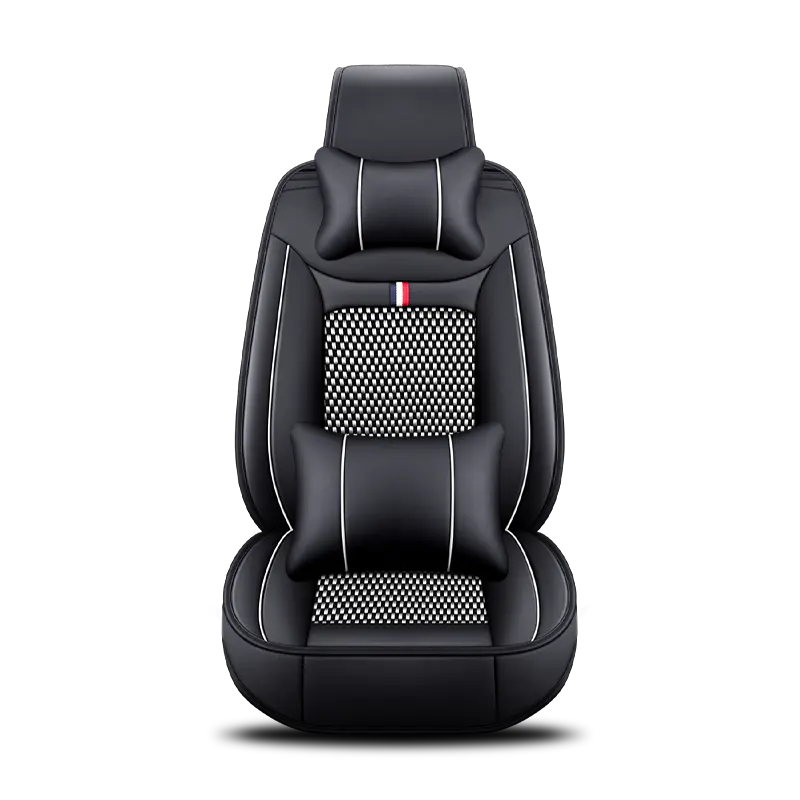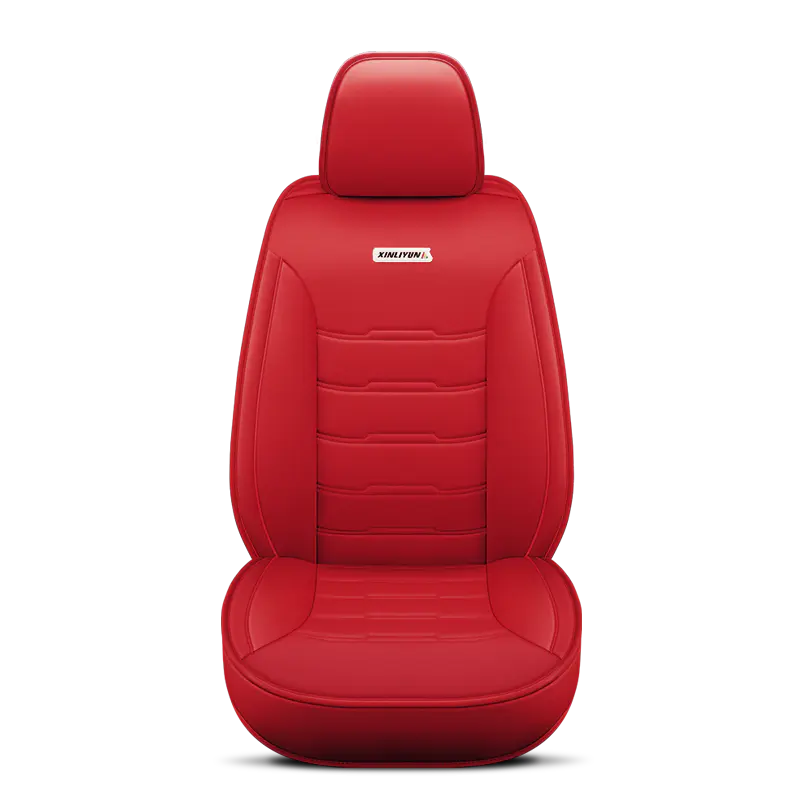The development of car seat covers is closely tied to the evolution of automobiles themselves. When the automobile industry began booming in the early 20th century, car interiors were relatively simple and often featured leather or fabric seats. As cars became more accessible to the general public, the need to protect the vehicle's interior from damage, dirt, and aging grew.
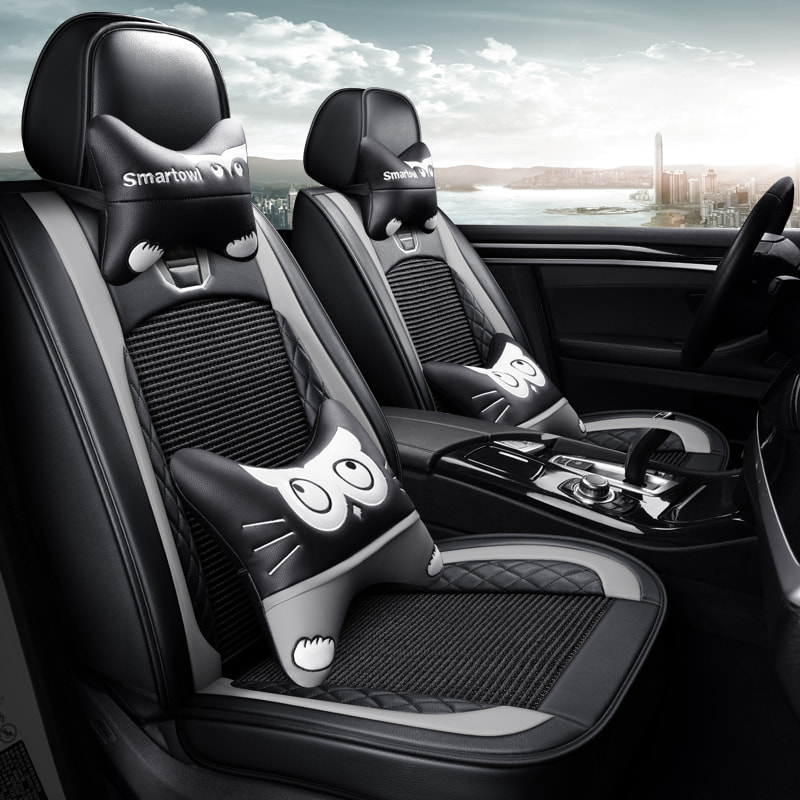
Initially, car owners used universal seat covers, typically made from inexpensive fabric or vinyl, to shield their seats. These covers were designed to fit a wide range of vehicles and were easy to install and remove. While functional, universal seat covers had limitations: they often did not fit snugly, could shift during use, and offered limited aesthetic appeal. The one-size-fits-all approach compromised comfort and did not provide the tailored look many drivers desired.
By the mid-20th century, cars had started to become more than just modes of transportation—they were symbols of personal style and status. This shift was accompanied by a growing consumer desire for customization in all aspects of car ownership, including the interior design.
The limitations of universal seat covers became more apparent as car models diversified. Different vehicles had varied seat shapes, sizes, and configurations, which meant a universal cover could never provide a fit. Poorly fitting covers could bunch up, cause discomfort, and detract from the car's appearance.
In response to these concerns, manufacturers and aftermarket suppliers began experimenting with seat covers that could be tailored to the specific dimensions and contours of a particular vehicle's seats. This marked the early development phase of custom car seat covers, aimed at offering a better fit and enhanced aesthetic value.
The rise of custom car seat covers was made possible by advances in materials and manufacturing techniques from the late 20th century onward. New synthetic fabrics, including neoprene, polyester blends, and breathable mesh, provided durable, comfortable, and versatile options for seat covers. These materials were often easier to clean and maintain than traditional fabric or leather.
More importantly, advances in sewing technology and computer-aided design (CAD) enabled manufacturers to produce seat covers with precise measurements and intricate patterns. These tools allowed for the accurate replication of seat contours, seams, and even the placement of airbags and other built-in features.
The ability to scan or measure car seats accurately meant that custom covers could be designed and produced to fit, providing a neat, factory-like appearance. This technological leap significantly boosted the appeal of custom covers, as they no longer felt like aftermarket add-ons but rather integrated parts of the vehicle interior.
The rise of automotive culture in the 1970s and beyond—marked by car enthusiasts who personalized their vehicles with performance upgrades and aesthetic modifications—also played a pivotal role in popularizing custom car seat covers. Enthusiasts sought ways to make their cars unique, and interiors were an important part of this personalization.
Aftermarket companies began to capitalize on this trend by offering a wide range of custom seat covers tailored to different car models, styles, and consumer preferences. Customers could select materials ranging from faux leather to high-end genuine leather, with options for color, stitching patterns, embroidery, and logos.
Moreover, the development of online retail and digital customization platforms in the 21st century accelerated the growth of custom car seat covers. Buyers could now design their covers through interactive websites, preview different styles, and order tailored products from the comfort of their homes. This democratization of customization made custom car seat covers accessible to a broader market.

